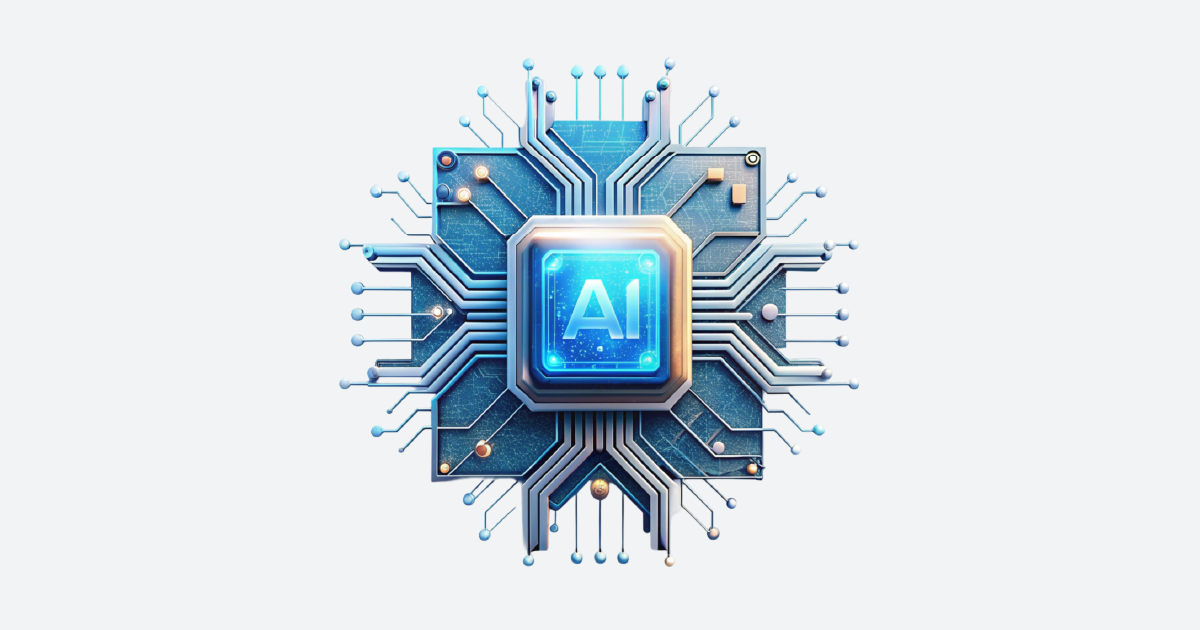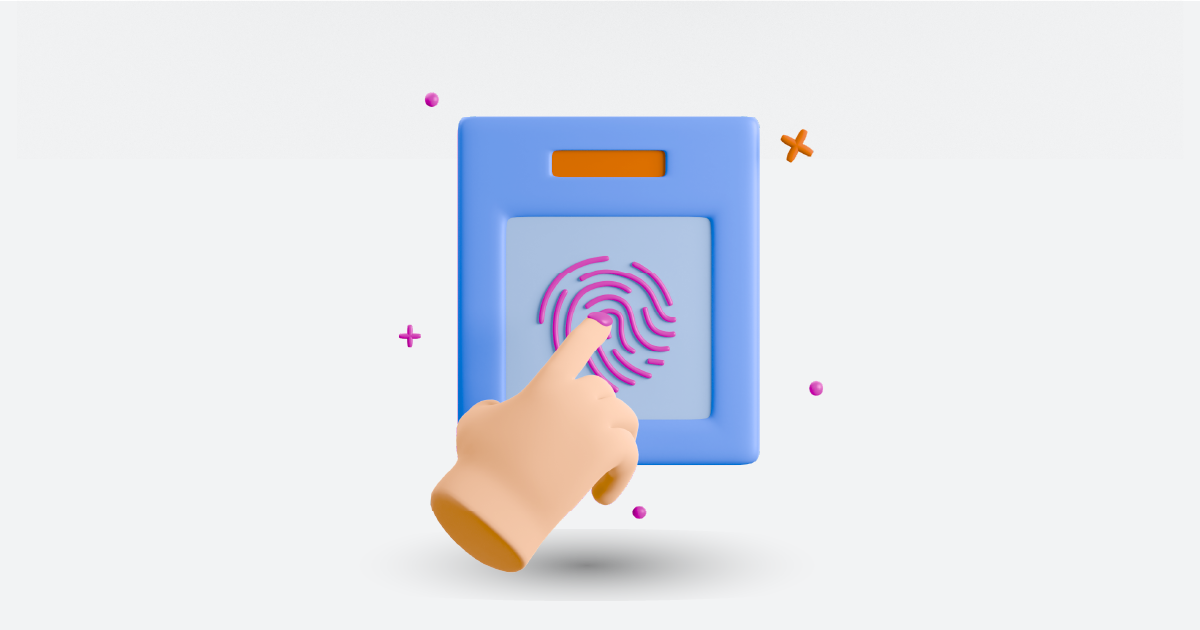Let’s be real—no one enjoys navigating those endless phone menus. “Press 1 for this, press 2 for that…” It’s frustrating, outdated, and honestly, a time-waster. That’s exactly why voice recognition is flipping the script in call centers.
Imagine calling customer support and simply saying, “I need help with my bill,” and instantly getting connected to the right agent—no button smashing, no hold music marathon. That’s the magic of voice tech. It’s smart, fast, and speaks your language—literally.
In this blog, we’re diving deep into how voice recognition is revolutionizing call centers. From slashing wait times and boosting security to creating more human-like conversations, this technology isn’t just a nice-to-have—it’s a must-have for modern customer service.
Ready to see how it all works? Let’s jump in.
What Is Voice Recognition for Call Centers?

At its core, voice recognition is a technology that allows machines to interpret and respond to spoken words. Think Siri, Alexa, or Google Assistant—but tailored for customer support environments.
Why Call Centers Are Embracing Voice Tech
Why are call centers all over this tech? Simple. It’s faster, smarter, and way more efficient than pressing “1” for English and “2” for support. It cuts the clutter and gets straight to the point.
The Evolution of Call Centers
Call centers haven’t always been this tech-heavy. Let’s rewind.
Traditional Call Handling Methods
Old-school call centers relied on agents manually handling every single call. Long wait times, irritated customers, and agents burning out—it was a mess.
The Rise of AI and Automation in Customer Support
With AI, bots, and now voice recognition stepping in, modern call centers can handle massive call volumes without breaking a sweat. Automation isn’t replacing humans—it’s making their jobs easier.
How Voice Recognition Technology Works
Time to peek under the hood.
The Science Behind Voice Recognition
Voice recognition tech listens, analyzes, and converts spoken language into data. It recognizes phonetics, tone, and even pauses to make sense of speech.
Natural Language Processing (NLP) in Action
NLP is what gives voice tech its smarts. It understands not just words, but meaning. Ask it, “Can I speak to someone about my bill?” and it knows you’re not just chatting—you need billing help.
Speech-to-Text and Text-to-Speech Systems
Speech-to-text converts what you say into readable data. Text-to-speech flips it back around, allowing systems to respond in a natural voice. Together? Pure magic.
Key Benefits
This tech isn’t just cool—it’s a game-changer.
Faster Call Resolution
Customers talk. The system understands. Boom—issue solved in seconds instead of minutes.
Improved Customer Experience
No more waiting on hold or navigating endless menus. Voice tech personalizes the experience and makes callers feel heard.
Enhanced Security and Fraud Prevention
Voice biometrics can verify who’s calling by analyzing unique vocal traits—no need for passwords or PINs.
Better Agent Productivity
By automating simple requests, agents can focus on complex issues, making better use of their skills and time.
Cost Efficiency
Fewer calls handled by agents = lower operational costs. It’s a win-win.
Use Cases of Voice Recognition for Call Centers
Let’s get real—here’s where this tech shines.
Call Routing and IVR Systems
Voice-based IVR lets users say what they need instead of pressing buttons. “I need tech support” routes them straight there.
Real-Time Transcription
Voice recognition tools can transcribe calls in real time—perfect for quality assurance and training.
Voice Biometrics for Authentication
Forget security questions. If your voice matches, you’re in. It’s as secure as a fingerprint.
Sentiment Analysis and Customer Emotion Detection
Voice tone analysis can detect frustration or satisfaction, helping agents respond appropriately or escalate if needed.
Challenges and Limitations
It’s not all smooth sailing.
Accents and Language Variations
Different accents can throw off voice recognition software. However, modern systems are improving with regional language training.
Background Noise Issues
A noisy environment can confuse the system. High-quality mics and noise-canceling tech help, but it’s still a hurdle.
Privacy and Data Security Concerns
Handling voice data means complying with regulations like GDPR. It’s crucial to secure all collected audio data.
Best Practices for Implementing Voice Recognition for Call Centers
Want to do it right? Follow these steps.
Choosing the Right Software
Look for a solution that fits your industry needs, integrates easily, and supports multilingual capabilities.
Staff Training and Change Management
Even the best tech fails without user adoption. Train your agents to work alongside AI, not against it.
Integration with CRM and Other Tools
Voice recognition should plug into your existing stack—CRM, analytics, helpdesk systems—for smooth operation.
Voice Recognition vs Traditional IVR
How does it stack up?
Pros and Cons Comparison
Traditional IVR is rigid, limited to numeric inputs. Voice recognition is intuitive, flexible, and user-friendly. However, it needs a strong internet connection and good hardware.
Why Voice Recognition is the Future
Voice tech is evolving fast. It understands context, emotion, and even sarcasm. That’s something a button-based system could never do.
Real-World Examples
Let’s talk case studies.
Case Study: Telecom Industry
A leading telecom company cut average call time by 35% using voice authentication. Plus, customer satisfaction soared.
Case Study: Healthcare Call Centers
Hospitals use voice recognition to schedule appointments, send reminders, and provide test results—all without involving a human agent.
Future Trends
We’re just scratching the surface.
AI and Machine Learning Enhancements
Future systems will self-learn and improve after every call, becoming sharper, faster, and more accurate.
Predictive Voice Analytics
Systems will predict customer needs before they even finish speaking—talk about proactive service.
Multilingual Voice Recognition
Voice systems are already learning multiple languages. Soon, global support will be seamless and natural.
Conclusion
Voice recognition is transforming the way call centers operate. From reducing wait times to personalizing service and boosting security, it’s a no-brainer for forward-thinking businesses. As the tech grows smarter, so will your customer service game.
Ready to give your call center a voice upgrade? Don’t just take our word for it—experience the power of voice recognition in action.
👉 Request a free demo from AIM Technologies and discover how our cutting-edge solutions can streamline your operations and elevate your customer experience.




